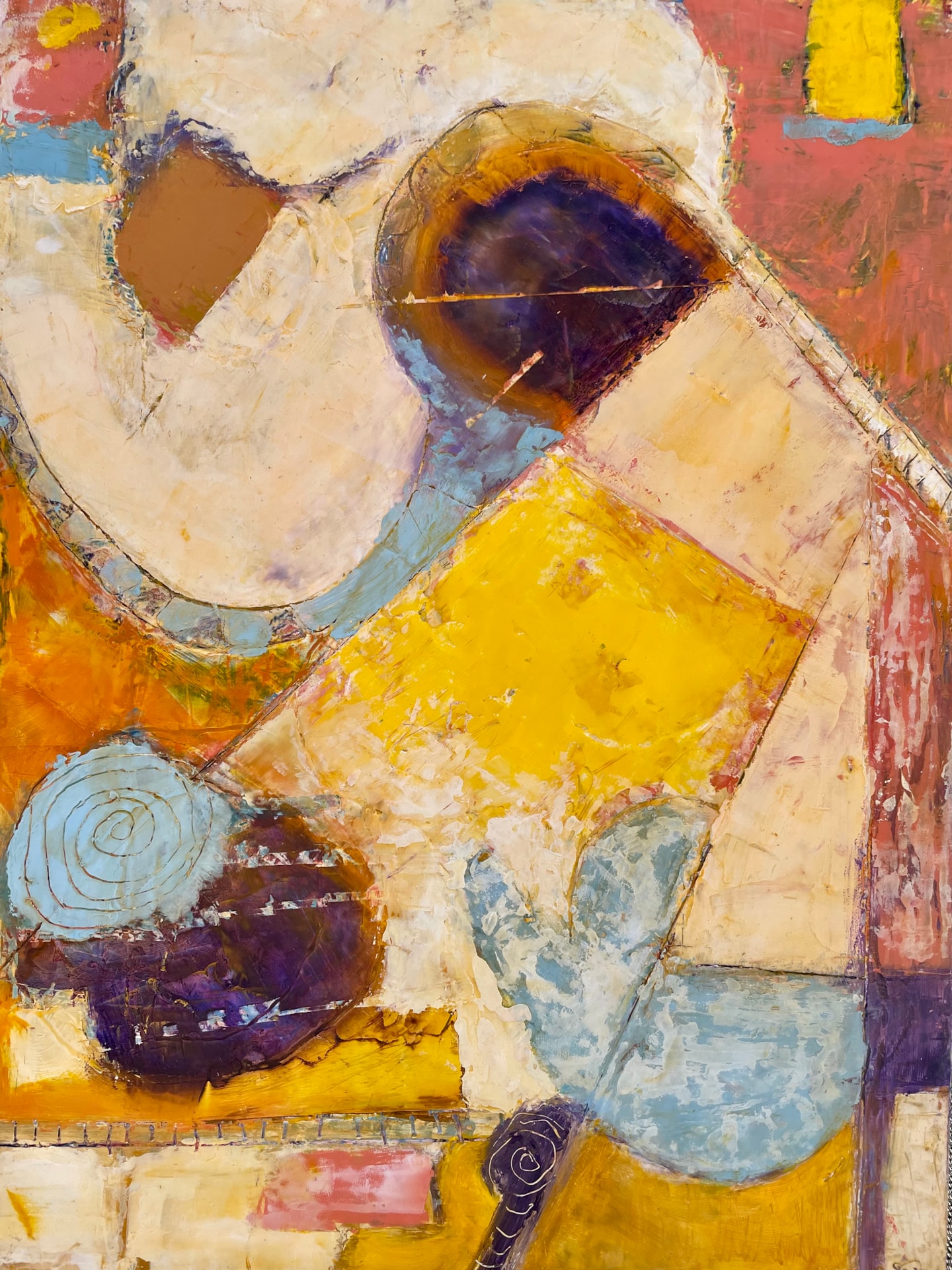Laura Reece Hogan is the author of Butterfly Nebula, the winner of the Backwaters Prize in Poetry (Backwaters, University of Nebraska Press, 2023), Litany of Flights, the winner of the Paraclete Poetry Prize (Paraclete Press, 2020), the chapbook O Garden-Dweller (Finishing Line Press), and the nonfiction spiritual theology book I Live, No Longer I (Wipf & Stock). She is one of ten poets featured in the anthology In a Strange Land (Cascade Books) and serves on the board of Red Hen Press. Her poems have appeared in Sugar House Review, Scientific American, RHINO, America, Connecticut River Review, Amsterdam Review, EcoTheo Review, Verse Daily and elsewhere.
Interviewed by Madalyn Hansen
Inscape Journal: How did you begin working on your most recent poetry collection, Butterfly Nebula?
Laura Reece Hogan: It coincided with the beginning of the pandemic. Even before the pandemic hit, I was getting interested in how science and the human condition and the divine connect. So, I started making a habit of digging deeply into something in the natural world that caught my attention, and I wanted to know more about. I would dig into the thing until it sparked something in me and I’d start writing a poem. This started in January or February of 2020 and by the time we were in full lock-down, I went full universe. We were so isolated, I was interiorly reaching out to as wide a space as I could. I started teasing out certain cosmic objects and investigating them, seeing what resonated in my human experience and spiritual experience. That’s where these poems started coming from.
IJ: I probably wouldn’t have guessed that you started this project during COVID without the poem “Bow in the Clouds.”
LRH: COVID only comes in a couple of times in the book, and that was a deliberate effort; I didn’t want to confine the book to a place and time because I wanted to speak to the human condition in general. That’s my goal, that it can speak to the interior of my reader, to whatever they’re going through. We’re all going through something.
IJ: In “Bow in the Clouds” and some of your other poems, there seems to be a theme of hope. When you started writing, did you have any themes in mind for the collection?
LRH: Hope was essential in the context of the pandemic, but it’s also essential to come back to it over and over again in our lives. That was one theme. Sometimes, I’d be speaking to myself as much as to whoever would read these poems, giving that encouragement we all need. There was also a theme of transformation or resurrection in the book. Interestingly, I was writing about butterflies before I put that together. I realized I had a theme of questions and answers; a dialogue with the divine. I realized later, as I was actually putting the book together, there were other things weaving through, like the idea of identity or name. That’s how I came up with the narrative arc of how to order the collection.
IJ: Reading your poems, I kept pausing to look up what the nebulae in your poems looked like. The Butterfly Nebula is beautiful, and I’m not surprised it inspired you to start working on the collection.
LRH: “Butterfly Nebula” was the first nebula poem I wrote. All these nebulae are so amazing—the names are fun, and the actual cosmic objects are all so different and interesting. I thought I’d write one more nebula poem, but they kept coming. I wrote even more than ended up in the collection. It was fun to get this constellation of nebulae poems. There were all sorts of surprises like that that came along the way of writing. Often with a poetry collection, you don’t know what you’re writing at first, but then you start detecting patterns, themes, or images, and it’s as if the collection starts telling you what it wants to be.
IJ: What did your writing process look like for a single poem?
LRH: These poems were different than Litany of Flights or even the poems I’m writing now because they were natural world based. I’d frequently research something like the lyre bird until something hit me. With the lyre bird, I saw, “Oh, this beautiful bird is similar to a peacock, it’s from Australia, it has an amazing range of vocal abilities, it sings to its mate—this is going to be such a lovely love song of a poem.” Then when I researched it, I discovered that the point of it singing to a female lyre bird is to trick it. So of course, “liar bird” came together. That was a typical process, where something wouldn’t be like it seems, or some interesting fact would hit me. I would research for up to a week, then I would free write about it and start pulling out the things that sparked for me. I would try to then compose a poem around that and revise it.
IJ: What poem was the hardest for you to write?
LRH: “Lyre Bird” was a hard poem to write. Some of them came quickly and I knew they were right immediately, but others were hard to get right sometimes. The trembling aspen poems, “Needle,” “Twine,” and “Stitch” all started out as prose poems. “Stitch,” the last poem of the three in the book, kept evolving and eventually needed to be in verse.
IJ: One of my favorites in this collection was “Playing with Tiger Sharks on the Missile Range.” It seems like there’s a great story behind this one. What was your thought process going into it?
LRH: I lived in Micronesia as a child, on an island called Kwajalein in the Marshall Islands. It was about two by three miles, in the shape of a boomerang. It was only inhabited by people in the US military or government, and my father worked for the defense department. We lived there for three years. It was so tiny, with so few people there, that children were given free rein to run wild on the island. Looking back, I think my sister and I were pretty young to be cruising along the edge of an ocean, so the poem has this idea of dangers. As humans, we’re always in the margin of what’s dangerous, and our psyches learn to navigate that as children. We were just relying on everything being good. It was a joy in this poem to draw on these childhood memories.
IJ: If you had to summarize this whole book in one poem, what would it be?
LRH: “Butterfly Nebula” touches on a lot of key themes, like the idea of resurrection in the actual Butterfly Nebula and in allusions to Mary Magdelene not recognizing the risen Jesus. Do we know what resurrection even looks like? I think of resurrection not just in terms of a human death and rising from the dead, but in the cycles of the universe. One thing becomes another through this destruction. It becomes something new and cycles through. One thing I love about nebulae is that it’s a star nursery, but at the same time, it usually comes about from a supernova, the death of a star. Death turns into birth in this cycle we see in the physical universe, on earth in butterflies, and even in the human life cycle. We go through different deaths and rebirths.
Another one I love is the “Elysia Sea Slug.” It’s fascinating to me that the sea slug can detach its head and crawl away on the antennae, then it can completely regrow a body and a heart. That’s a symbol to me of what the book tries to encapsulate. The poem is written in the form of a prayer, asking how the divine interacts with us and recreates us.
IJ: How would you say your education and background in religion influenced you as you wrote?
LRH: My theological background impacts everything I write, and then my foundation of studying literature and literary critique, trying my own hand at short stories and poems, and all sorts of creative endeavors came together too. My law background is the hardest one to explain. When I went to law school, I had to learn how to write as a lawyer. They teach you to do it by deliberately stripping away everything except fact statements. Legal writing is very logical. When you’re making a legal argument, you build in your support with case laws and statutes. I relearned how to write in my legal writing after my creative writing and literary criticism, then got back into creative writing later, but with more attention to order of argument and detail. All my educational background comes together somehow.
IJ: What do you hope readers walk away from this book with?
LRH: A renewed love and attention for the physical universe and a sensitivity and attentiveness to how they can interact and resonate with it in a way that can deepen their own sense of identity and interior life. I also hope it can give readers hope, that they can find things in Butterfly Nebula to meet them wherever they happen to be. Maybe the poems can give them a little light forward on whatever step they’re on. I hope the book can do some good and meet people where they are.



